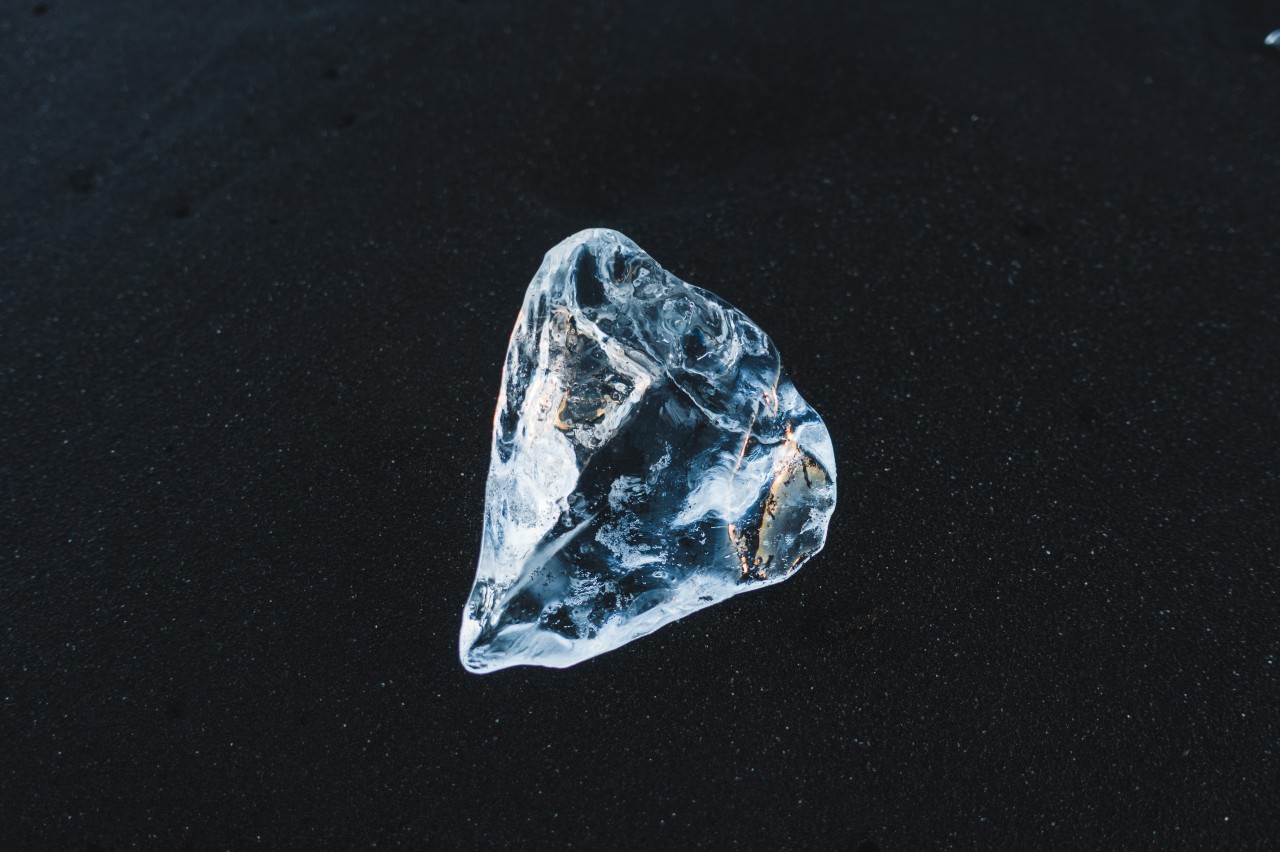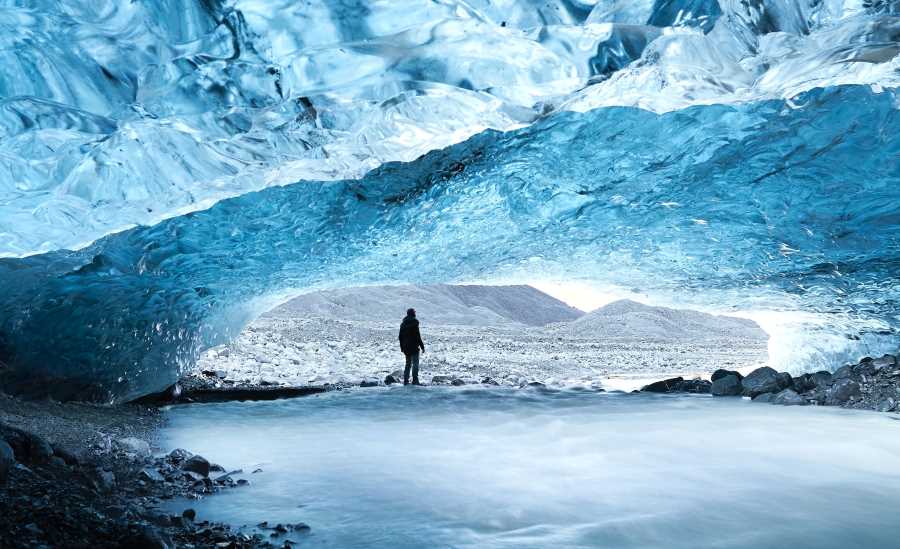The right to life is a widely known concept all around the globe. However, this does not include a right to die. The right to take one’s own life while being terminally-ill remains a contentious issue. But what stance should be taken when a person wants to end their life in order to have a better chance at being revived through cryonics? Can euthanasia be justified through cryonics? This article makes an attempt to examine the ethical issues regarding a cryonics patient’s right to die in order to have a better shot at reanimation in the future.
Cryonics has squarely challenged the traditional notion of death. It runs on the hypothesis that by suspending a person who is “legally dead” under liquid nitrogen temperatures, they can be brought back to life at a future point when medical science has advanced enough to cure what is presently incurable. This is done through a sophisticated process of vitrification of the body, and storing it in a cylindrical dewar perpetually.
To achieve optimum cryopreservation, it is imperative that the whole process is expedited. This also prevents damage caused to the body by ischemic injuries. The procedure of replacing blood with a cryogenic coolant should ideally begin within the first 2-15 minutes, once the heart stops beating. The importance with respect to timing has given rise to several scenarios where those signed up for cryopreservation have often mooted the idea of being allowed to end their lives when they are suffering from terminal illness. The rationale behind this is to not let the disease spread its course and damage the organs of the body, which would hamper cryopreservation. This has opened the door to debates surrounding the legality of cryothanasia (euthanasia for cryopreservation), and the ethical concerns surrounding it.
Cryothanasia and how is it different from euthanasia
Cryothanasia is the practice of causing death in the hopes of extending life through cryopreservation. Euthanasia on the other hand, is the process of speeding up death in order to relieve an individual from their sufferings. Therefore it is argued that a line should be drawn, distinguishing the two, in that cryothanasia should be seen not as “taking one’s life”, but as a “medico-legal pause” on life until revival is made possible.
Much of this difference is also to do with how “death” is conceptualised by the advocates for cryonics, in comparison to everyone else.
The story so far
The issue of cryothanasia has been the subject of discussion because it is believed that cryopreservation will work better under controlled conditions of death. Having realised this, in 1992, Dr. Thomas Donaldson went to the courts to assert his Constitutional right to die. Diagnosed with a brain tumor, he felt it imperative to end his life before the tumor grew and irrevocably destroyed the brain matter. His request was however denied and the Court strictly noted the difference between the right to die by refusing life support and having physicians aid and assist in one’s death. This legal battle however, did not stop him from continuing to write in support of assisted-dying in order to be cryopreserved.

Kim Souzzi, who was cryopreserved at the age of 23, found cryopreservation, regardless of the slim prospects of revival, to be a better alternative to being buried or cremated. She was diagnosed with a highly aggressive brain tumor, and in 2013, she chose the Voluntary Refusal of Food and Fluids (VRFF) option to end her life. This prompted immediate cryopreservation, thereby preventing an irrevocable destruction of brain matter through cancer.
In 2018, Norman Hardy’s cryopreservation was the first case where the newly enacted California End of Life Option Act, effective as of June 9, 2016, was used by a cryonics patient. Mr. Hardy was diagnosed with prostate cancer that had spread to the lungs and bones. In order to reduce potential ischemic damage that could have resulted from a prolonged dying process, he chose to end his life under the Act. Alcor moved in on time to conduct his cryopreservation.
These instances show the gradual development of views regarding termination of life before death in cases of terminal illness. However, achieving this would be difficult in legal systems of Australia and the UK, where euthanasia is considered a criminal offence. Regardless of the legality of euthanasia, or even cryothanasia, there are many ethical arguments surrounding it.
Ethical arguments
Cryonics focuses on how human bodies can be frozen and thus preserved until a cure for the cause of death can be found. Therefore, the cryonicists’ conception of death is entirely different from the prevailing medical and legal definitions. The prevailing argument of cryonics advocates is that death is pronounced only because medical progress has not advanced enough to be able to make more types of illness curable. Thus they consider the “state of death” as a disease which can be cured in the future.

Naturally, for them, cryothanasia would then be a means to an end, and not an end in itself. Below are some of the points over which ethical concerns regarding cryothanasia are raised:
1. Autonomy of the individual
Advocates for cryonics often make the case that each individual is his or her own independent self, and as such, they have a right to make decisions regarding themselves. This, it is argued, also includes the right to end one’s life. Although most legal systems are reluctant to allow this, passive euthanasia is slowly seeing the light of day. Courts in California, USA, have recognized the lawfulness of cryopreservation. Based on these, supporters argue that those who sign-up to be cryopreserved should be given the freedom of choice to end their life under conditions of terminal illness, as this would better the chances of being brought back to life.
2. The religion argument
Almost all religions believe that life is God-gifted, and as such needs to be protected at all costs. The practice of euthanasia, aimed at ending one’s life and suffering at the stage of terminal illness, runs contrary to the religious dictates on life. Based on this, objectors maintain that it would be immoral to put an end to one’s life even for cryopreservation. This objection is met by the argument that cryothanasia has two main goals, relieving pain and extending life, each of which is beneficial. The intended outcome, therefore, is different here than under euthanasia. Since life extension falls in-line with the notion of protecting and preserving life, cryothanasia has been differentiated from the practise of euthanasia in the religious sense.
3. The medical ethics issue
An argument against euthanasia in general is that of the role of a doctor, which is to save lives and not to assist their patients in dying. Casting doctors into the role of administering euthanasia would undermine and compromise the objectives of the medical profession. In some cases, this argument is modified so as to differentiate between active and passive administration of euthanasia, and met with the distinction between assisted suicide for death and assisted suicide for the purpose of seeking future medical treatment. Ryan Sullivan elaborates on this by illustrating thus: “in the case of a terminally-ill brain cancer patient seeking pre-mortem cryopreservation, if the physician acts passively, and allows the cancer to consume the patient’s brain, absolute death will result. On the other hand, if the physician takes affirmative action to assist the patient in achieving clinical death before the cancer advances, the physician offers the patient a chance at future life”. The difference therefore lies in the intention.
Nevertheless, if the practice of cryothanasia materialises, it is only logical for there to be exculpatory clauses in cryonics contracts, whereby the patient voluntarily consents to assisted suicide or medical aid in dying, and waives all liability that a doctor would come under by administering it.
4. The uncertainty of revival
The prime argument against allowing cryothanasia is the uncertainty of revival after years, or decades of cryopreservation. Objectors contend that if reanimation is an unsuccessful hope, it would be morally wrong to persuade members to end their current lives in order to pursue that uncertain hope. Unlike in euthanasia, those signed up for preservation, and willing to undergo cryothanasia might have a longer life ahead of them. Regardless, they strongly maintain that such a risk is not worth taking.
However, as seen earlier in the case of Kim Souzzi, cryonics patients are usually better off knowing that there is a hope. Cryonicists believe it to be their moral duty to not bury or cremate the dead. This ethical attack is also met by the interpretation of cryopreservation being a continued state of “medical treatment” which a patient undergoes. Therefore, if it ends up unsuccessful, it can be treated as a failed medical procedure like multiple others that take place on a daily basis. Thus, they believe that sufficient consideration must be given to a patient’s desire to be cryonically preserved with the hopes of future reanimation.
As can be seen above, by differentiating between euthanasia and cryothanasia, cryonicists can ethically justify the use of assisted suicide, or medical aid in dying, in order to achieve their aim of being cryopreserved and resurrected into a better future.
On a final note
Since controlled conditions of death pave the way for optimum cryopreservation, the idea and practice of cryothanasia is seeing the light. Although it is largely illegal, assisted dying, along with its passive and active forms are slowly becoming regulated. In light of all this, there has been much debate over whether voluntarily ending one’s life, either with the assistance of someone or simply refusing medical treatment, to undergo cryopreservation, is ethical or not. While that question is still a point of contention, it is clear, at least in concept, that cryothanasia is different on many counts from euthanasia. However, the same should not be used to loosely encourage assisted suicide, as that would open the floodgates to a whole host of complexities.














